American astronauts Butch Wilmore and Suni Williams are recovering after returning to Earth in March 2025, ending a test mission for Boeing's Starliner spacecraft that was unexpectedly extended to nine months due to a technical problem.
The mission was originally scheduled to last only eight days, but technical problems prevented the spacecraft from making the planned return journey. However, a nine-month rescue effort resulted in the two astronauts returning safely to Earth earlier this year.
After returning, astronauts Wilmore and Williams underwent 45 days of physical therapy to restore muscle tone, balance and basic daily functions. Each day, they spent at least two hours with rehabilitation specialists from the National Aeronautics and Space Administration (NASA) medical team.
In addition, both are gradually getting used to the increasing workload within the framework of Boeing's Starliner program, NASA's International Space Station (ISS) operator in Houston and its affiliated research teams.
Sharing with the press, astronaut Wilmore said that gravity was a big obstacle in the early stages of treatment. However, thanks to time and the right treatment, he overcame the symptoms of vestibular disorders.
Meanwhile, astronaut Williams said she had difficulty waking up in the morning, persistent fatigue, and even exhaustion - post-space effects that made the recovery process more challenging.
Mr. Wilmore also revealed that before the flight, he had suffered from neck and back pain so severe that he could not turn his head completely. However, the zero-gravity environment of space helped to alleviate the pain. Unfortunately, these symptoms returned shortly after he returned to Earth.
According to experts, the human body - which evolved for millions of years in the Earth's gravity - is not "designed" to adapt to the space environment.
Weightlessness can cause many physiological changes such as muscle atrophy, changes in blood circulation and many other health problems.
In addition, living in a confined space, exposure to high radiation and lack of atmospheric protection also greatly affect the health of astronauts.
An incident that left two astronauts stranded on the ISS forced NASA to return the Starliner spacecraft to Earth without a pilot.
In this context, Boeing - the developer of Starliner - is facing great pressure, especially as NASA considers the possibility of requiring an additional unmanned test flight before licensing the next human missions.
Boeing has spent more than $2 billion on the Starliner program, including $410 million for an unmanned test flight in 2022, after an initial failure in 2019.
NASA said the technical test results of Starliner this summer will determine whether the spacecraft is qualified to continue its human-carrying mission./.
Source: https://www.vietnamplus.vn/tinh-hinh-suc-khoe-cua-2-phi-hanh-gia-mac-ket-9-thang-tren-vu-tru-post1041473.vnp


![[Photo] General Secretary attends the parade to celebrate the 80th anniversary of the founding of the Korean Workers' Party](https://vphoto.vietnam.vn/thumb/1200x675/vietnam/resource/IMAGE/2025/10/11/1760150039564_vna-potal-tong-bi-thu-du-le-duyet-binh-ky-niem-80-nam-thanh-lap-dang-lao-dong-trieu-tien-8331994-jpg.webp)
![[Photo] Opening of the World Cultural Festival in Hanoi](https://vphoto.vietnam.vn/thumb/1200x675/vietnam/resource/IMAGE/2025/10/10/1760113426728_ndo_br_lehoi-khaimac-jpg.webp)



![[Photo] Discover unique experiences at the first World Cultural Festival](https://vphoto.vietnam.vn/thumb/1200x675/vietnam/resource/IMAGE/2025/10/11/1760198064937_le-hoi-van-hoa-4199-3623-jpg.webp)
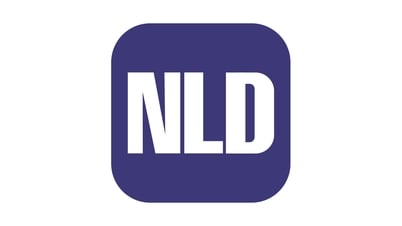

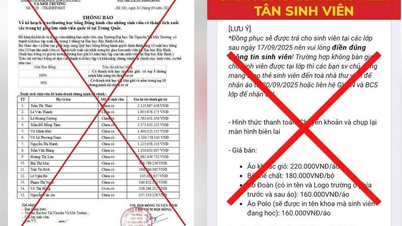








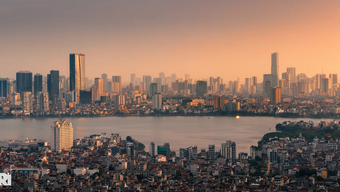


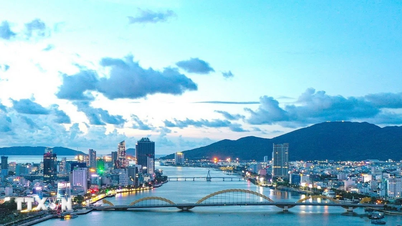

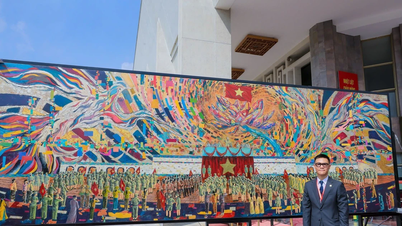
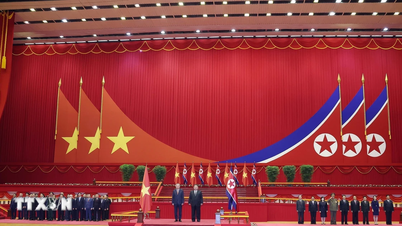

![[Photo] Ho Chi Minh City is brilliant with flags and flowers on the eve of the 1st Party Congress, term 2025-2030](https://vphoto.vietnam.vn/thumb/1200x675/vietnam/resource/IMAGE/2025/10/10/1760102923219_ndo_br_thiet-ke-chua-co-ten-43-png.webp)




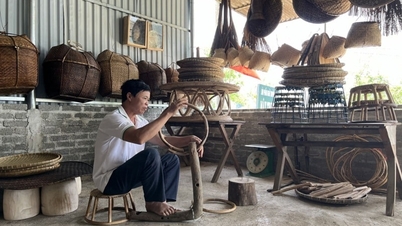














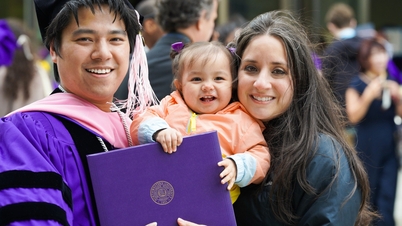



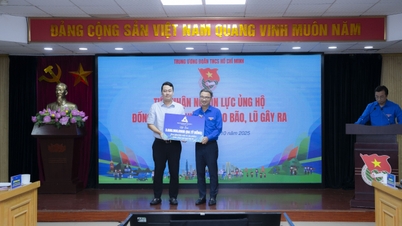

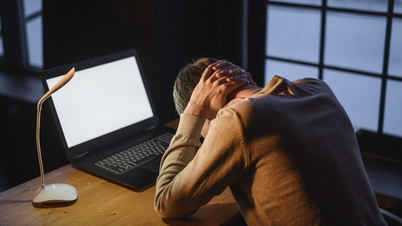

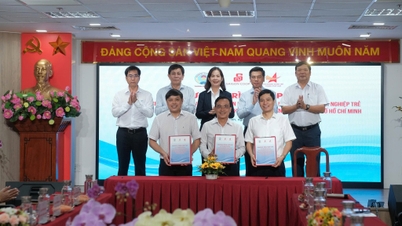










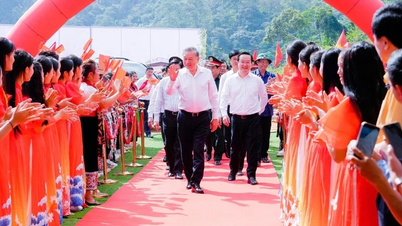




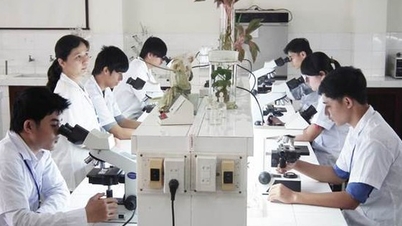


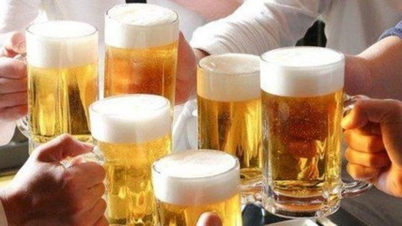

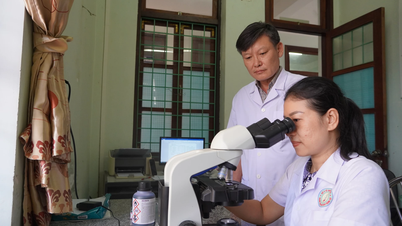

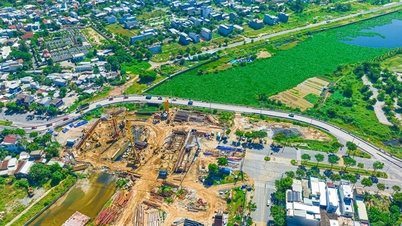

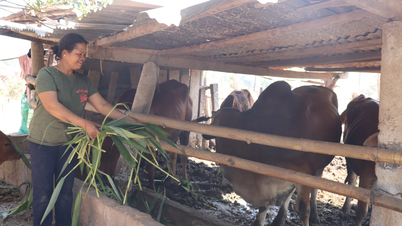
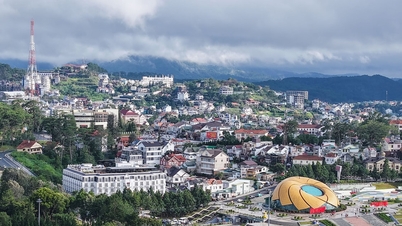

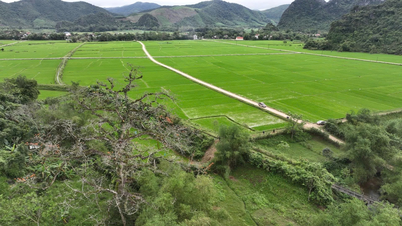










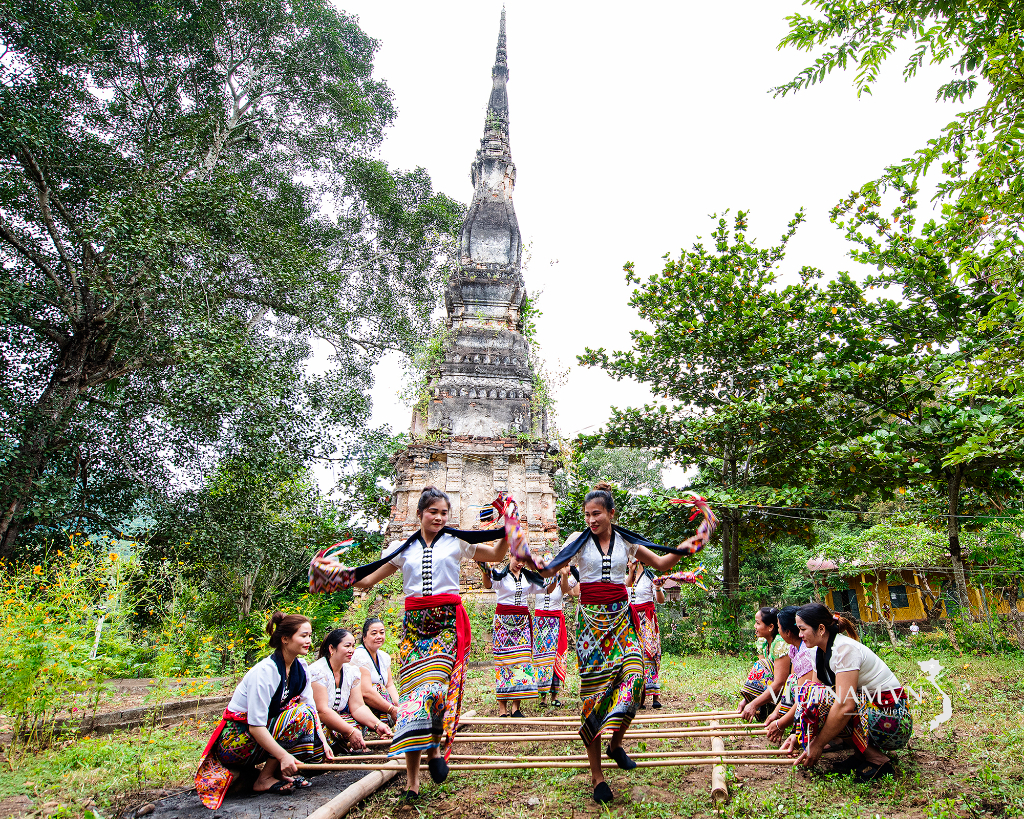
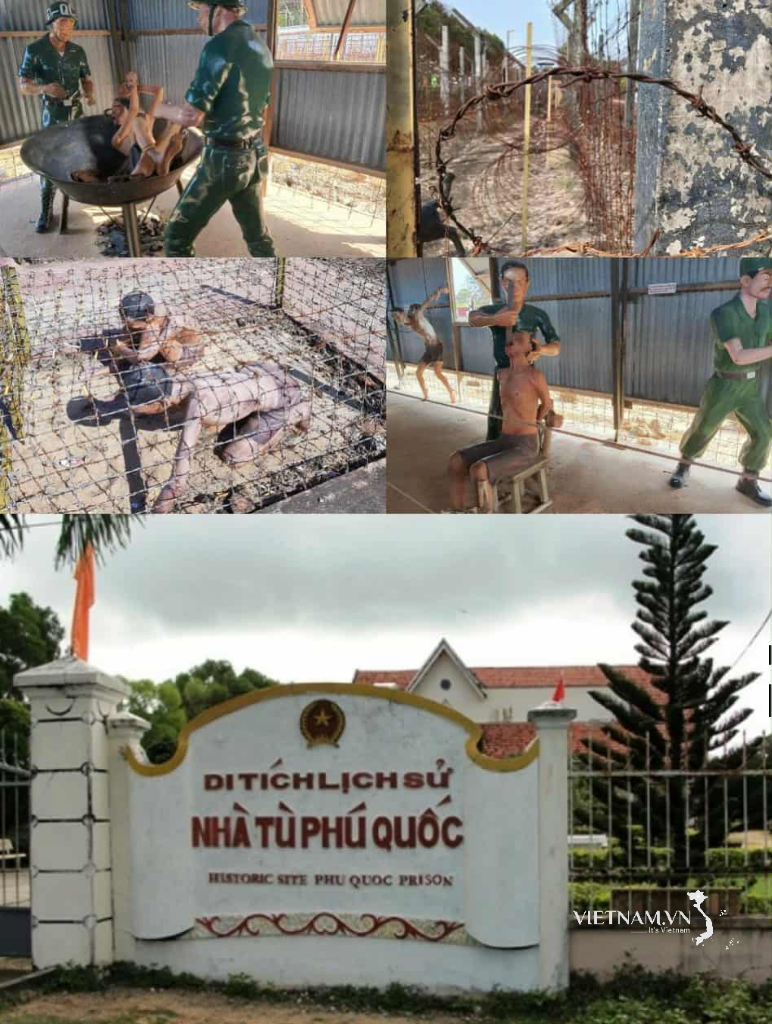

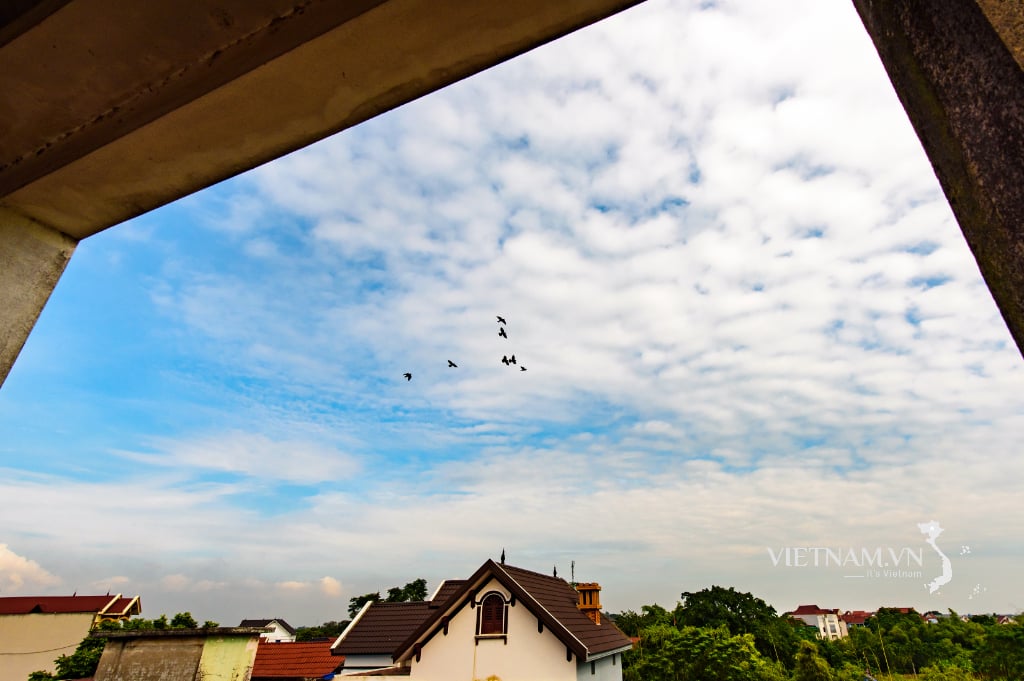
Comment (0)